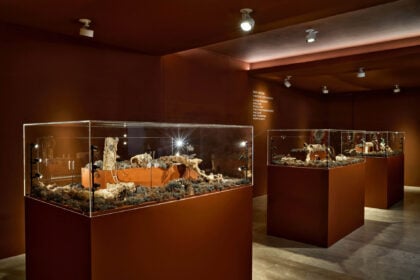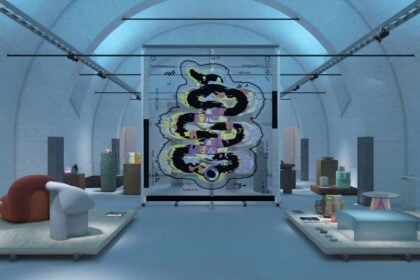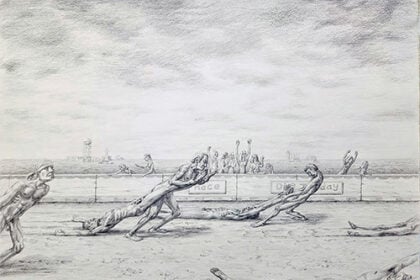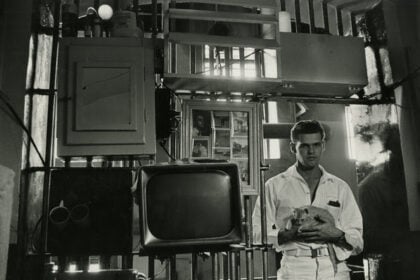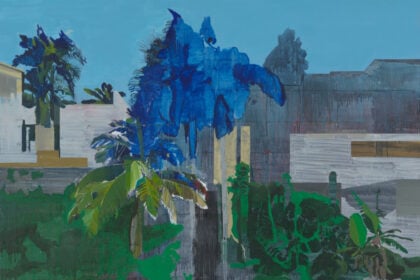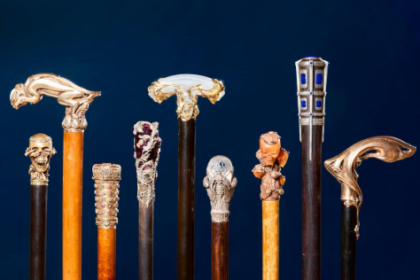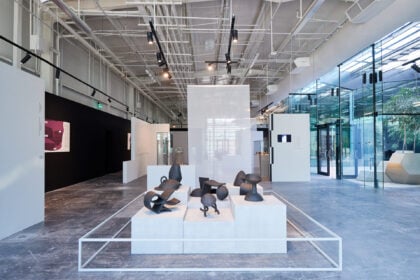In an astonishing revelation from the vaults of Venice’s Museo Correr, a late 15th-century painting has emerged, captivating scholars and art enthusiasts alike. Supported by the G.E. Ghirardi Foundation, this long-lost work has undergone an extensive and complex restoration, now returning to the public eye for admiration and study. For the first time, the painting, titled “Madonna with Child, St. John the Baptist, and Six Saints,” is on display at Villa Contarini, the birthplace of Andrea Mantegna in Piazzola sul Brenta, marking a significant achievement in Renaissance art rediscovery.
Surrounded by the mysteries of Italy’s great Renaissance courts, the artwork carries the unmistakable hallmark of the renowned Paduan painter, Andrea Mantegna. This small but precious panel had been obscured by time and subsequent overpaintings, making it nearly illegible and challenging to assess its true value. However, the museum’s curator spotted extraordinary compositional and painting qualities beneath the obscured surface, prompting a scientific study aided by advanced technology and leading to a meticulous restoration.
Intriguingly, the sacred scene portrayed in this artwork is nearly identical to another painting by Mantegna, housed in the Isabella Stewart Gardner Museum in Boston, USA, and once part of the famed Mantuan Gonzaga collections. Despite some scholars questioning the originality of Mantegna’s signature on the Boston painting, radiological and reflectographic investigations have revealed that both paintings likely originated from the same workshop, possibly created simultaneously or within a short period of each other, using the same preparatory drawing or “cartoon.”
Further analysis and restoration have unveiled that the Venetian painting remained unfinished, adding a layer of mystery around the motives behind its abandonment. Questions about the commissioner, likely an esteemed lady Gonzaga, her reasons for requesting two identical paintings, and the intended recipients deepen the enigma surrounding this artwork. The identity of the saints accompanying the Virgin Mary and Jesus, some identifiable and others dressed in contemporary court fashion, yet anonymous, contributes to the painting’s intrigue.
This enigmatic piece and its many unanswered questions are the focus of the exhibition “The Mark of Andrea Mantegna,” organized by the Fondazione Musei Civici di Venezia and the G.E. Ghirardi Foundation with support from the Venice Municipality and the Superintendent of Archaeology, Fine Arts, and Landscape. An extensive educational display, including panels and interactive multimedia touchscreens, accompanies the painting, offering insights from the investigations and restoration process. Visitors are invited to explore interpretative hypotheses about the multifaceted meanings behind the depictions.
The exhibition provides a compelling narrative centered around the Gonzaga court of Mantua, invoking several of the Renaissance’s most celebrated figures, including Isabella d’Este, who is among the likely commissioners of this unique “double painting.” This event encapsulates a pivotal moment at the close of the 15th century—a time of complex challenges and luminous achievements in Italian history.












